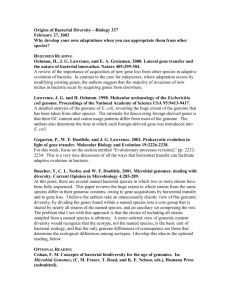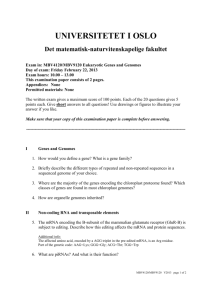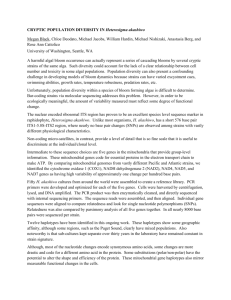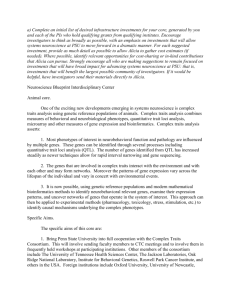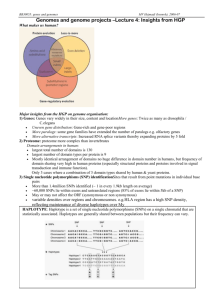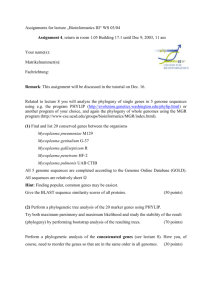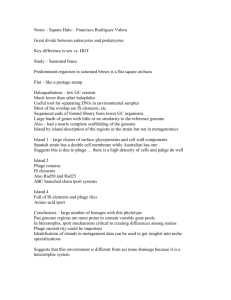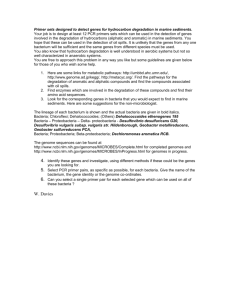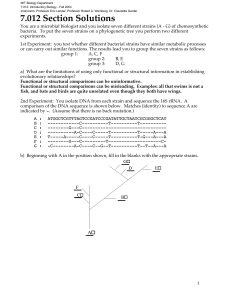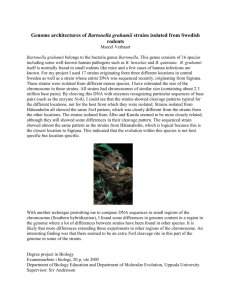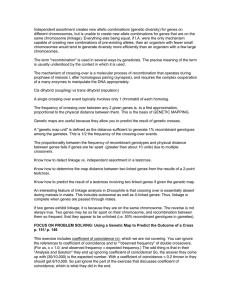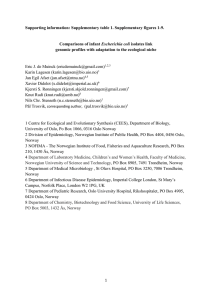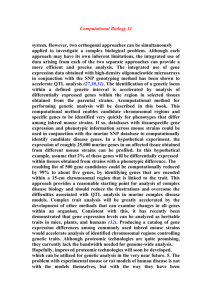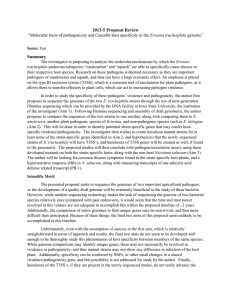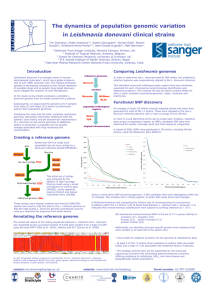ABSTRACT FORM
advertisement
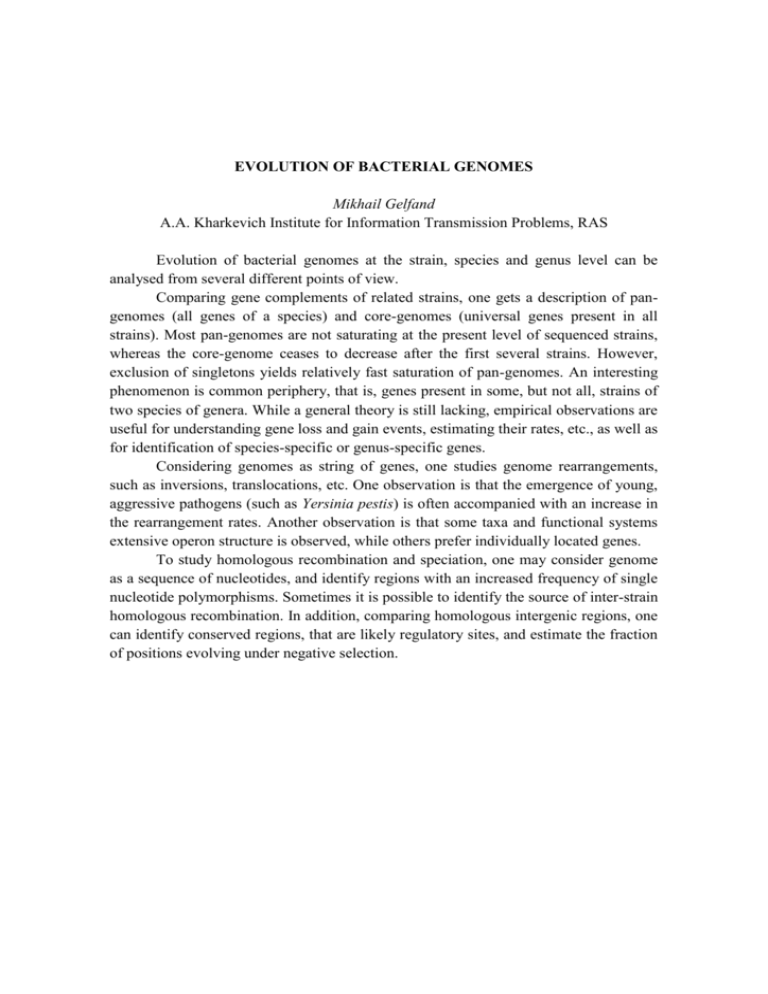
EVOLUTION OF BACTERIAL GENOMES Mikhail Gelfand A.A. Kharkevich Institute for Information Transmission Problems, RAS Evolution of bacterial genomes at the strain, species and genus level can be analysed from several different points of view. Comparing gene complements of related strains, one gets a description of pangenomes (all genes of a species) and core-genomes (universal genes present in all strains). Most pan-genomes are not saturating at the present level of sequenced strains, whereas the core-genome ceases to decrease after the first several strains. However, exclusion of singletons yields relatively fast saturation of pan-genomes. An interesting phenomenon is common periphery, that is, genes present in some, but not all, strains of two species of genera. While a general theory is still lacking, empirical observations are useful for understanding gene loss and gain events, estimating their rates, etc., as well as for identification of species-specific or genus-specific genes. Considering genomes as string of genes, one studies genome rearrangements, such as inversions, translocations, etc. One observation is that the emergence of young, aggressive pathogens (such as Yersinia pestis) is often accompanied with an increase in the rearrangement rates. Another observation is that some taxa and functional systems extensive operon structure is observed, while others prefer individually located genes. To study homologous recombination and speciation, one may consider genome as a sequence of nucleotides, and identify regions with an increased frequency of single nucleotide polymorphisms. Sometimes it is possible to identify the source of inter-strain homologous recombination. In addition, comparing homologous intergenic regions, one can identify conserved regions, that are likely regulatory sites, and estimate the fraction of positions evolving under negative selection.


